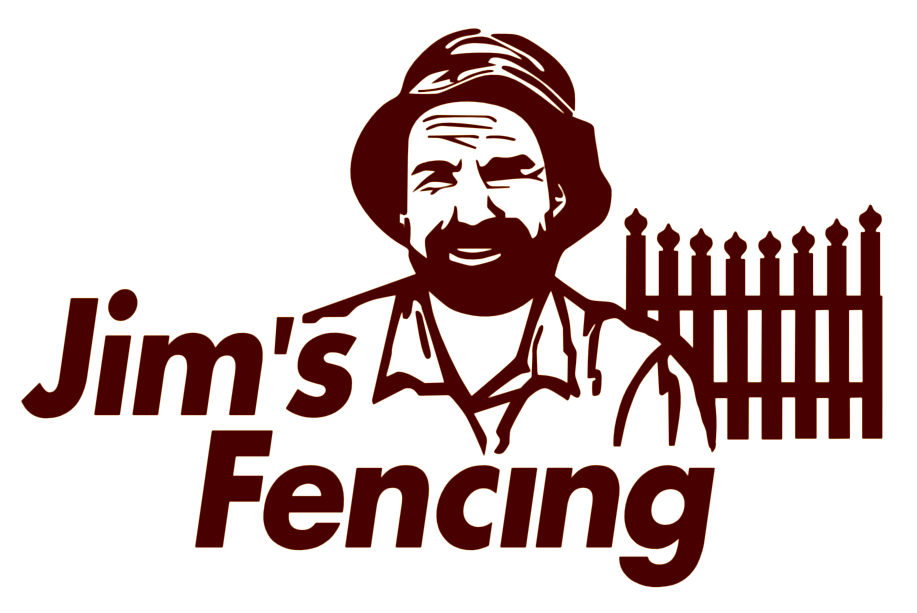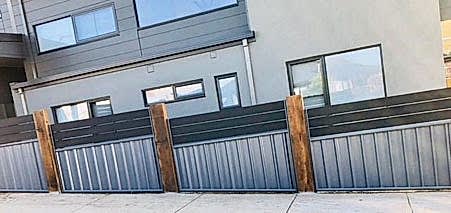Installing a Colorbond fence can not only enhance the aesthetic appeal of your property but also add security and privacy. However, before embarking on this project, it’s crucial to assess your property thoroughly to ensure a successful installation. From understanding property boundaries to considering soil conditions, several factors need consideration. In this article, we’ll delve into the essential steps to assess your property for a Colorbond fence installation and address common questions to guide you through the process.
Understanding Property Boundaries:
One of the first steps in planning a Colorbond fence installation is to understand your property boundaries accurately. This involves consulting property surveys, title deeds, or engaging a professional surveyor if necessary. It’s essential to avoid encroaching on neighboring properties or public land to prevent potential legal issues in the future.
Identifying Underground Services:
Before digging any holes for fence posts, it’s crucial to identify the location of underground services such as water pipes, gas lines, or electrical cables. Contacting your local utility companies or using specialized equipment can help locate these services and prevent accidental damage during the installation process. Failure to do so could result in costly repairs and safety hazards.
Assessing Soil Conditions:
The soil conditions on your property play a significant role in determining the stability and longevity of your Colorbond fence. Conducting a soil test can provide valuable insights into factors such as drainage, compaction, and soil composition. This information will help determine the appropriate foundation and post installation methods required to ensure a sturdy and durable fence.
Consideration of Local Regulations:
Before proceeding with your Colorbond fence installation, it’s essential to familiarize yourself with local regulations and zoning ordinances governing fencing in your area. These regulations may dictate factors such as fence height, setback requirements, and material restrictions. Failure to comply with these regulations could result in fines or the need to remove and replace the fence.
Assessing Terrain and Slope:
The terrain and slope of your property can significantly impact the design and installation of your Colorbond fence. Steep slopes may require specialized installation techniques such as stepped panels or retaining walls to ensure proper alignment and stability. Assessing the terrain beforehand will help you plan accordingly and avoid potential challenges during the installation process.
Choosing the Right Colorbond Fence Design:
Colorbond offers a variety of fence designs and colors to suit different aesthetic preferences and functional requirements. Whether you’re looking for a contemporary or traditional look, there’s a Colorbond fence design to complement your property. Consider factors such as privacy, security, and maintenance when selecting the right design for your needs.
FAQs:
Q: Can I install a Colorbond fence myself, or should I hire a professional?
A: While some homeowners may have the necessary skills and tools to install a Colorbond fence themselves, it’s generally recommended to hire a professional installer. Professional installers have the expertise and experience to ensure proper alignment, foundation, and post installation, resulting in a sturdy and durable fence.
Q: How long does a Colorbond fence typically last?
A: Colorbond fences are known for their durability and longevity, with an average lifespan of 20-30 years. Proper maintenance, such as regular cleaning and inspections, can help extend the lifespan of your fence.
Q: Is Colorbond fencing suitable for all climates?
A: Colorbond fencing is designed to withstand a wide range of weather conditions, including extreme heat, cold, and moisture. However, it’s essential to consider factors such as wind exposure and salt spray in coastal areas when planning your fence installation.
Q: Can I paint or customize my Colorbond fence?
A: Colorbond fences come in a variety of pre-finished colors, eliminating the need for painting. However, if you wish to customize the color or appearance of your fence, it’s possible to paint it using specially formulated Colorbond paint.
Conclusion:
Planning for a successful Colorbond fence installation begins with a thorough assessment of your property, including understanding property boundaries, identifying underground services, assessing soil conditions, and considering local regulations. By taking these factors into account and addressing common questions, you can ensure a smooth and successful installation process, resulting in a durable and aesthetically pleasing fence that enhances your property for years to come. Contact us today to learn more!

